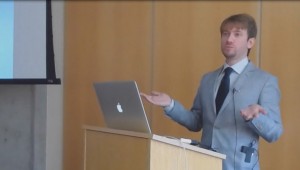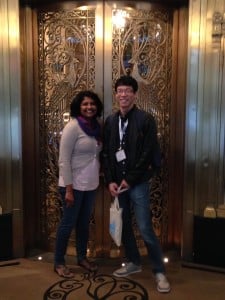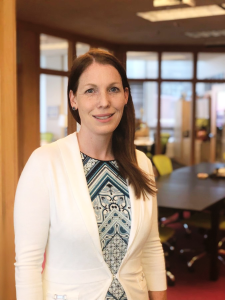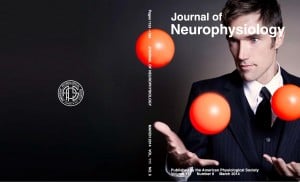Alican Demir defends his PhD thesis
On Thursday December 11 Alican Demir presented his PhD dissertation research to a packed seminar room at Johns Hopkins. Alican joined the lab as a Freshman in 2013, performed MSE thesis research in the lab, worked as a research specialist for a few years, and then completed his PhD, so his contributions have been monumental in shaping the LIMBS laboratory over the years. Congratulations Alican!



![[PDF]](https://limbs.lcsr.jhu.edu/wp-content/plugins/papercite/img/pdf.png)




